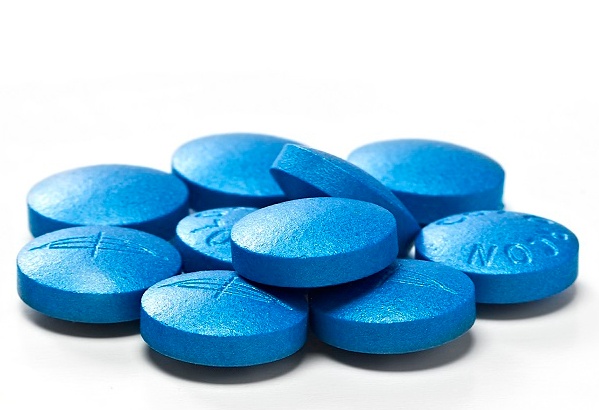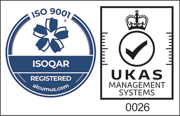At Caleva we are known for our expertise in helping our customers in the pharmaceutical industry with extrusion, spheronization, and making pellets.
But we can also help with tabletting projects !
The Caleva Mixer Torque Rheometer (MTR) is widely used to measure the characteristics of a wet granulation to establish the correct endpoint and mix time for any given formulation.
The experiments and methods used by the MTR can also be applied to formulation development of tablets.
The process still involves the mixing of a wet granulation but with less liquid binder than the extrusion and spheronization process requires.
We all know R&D takes time and precious materials, but ask yourself how much of these expensive resources you could save by doing simple and fast experiments to establish your optimum binder addition and mix time, in small batches of 5 g to 50 g.

Changeover between experiments can be achieved very quickly. Some of our customers have characterised up to 15 different formulations in a single day using the Mixer Torque Rheometer.
The ability to physically measure these characteristics gives you real data to work with, with an outcome of consistent, repeatable, and recorded data to fast track your tablet formulation development.
For more information view the Mixer Torque Rheometer product page or request a free online demo.



Leave A Comment